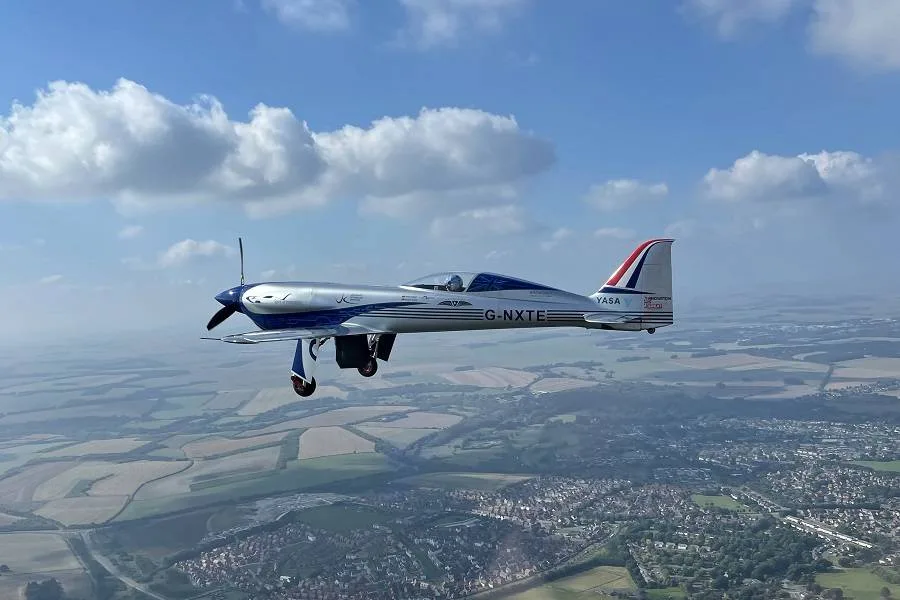The all-electric Rolls-Royce “Spirit of Innovation” ACCEL made its maiden flight this week in preparation for the record-breaking attempt.
Some cars and planes manage to appear fast even when stationary. The fully electric Rolls-Royce prototype is certainly one of them. However, the cell is not the work of Rolls-Royce itself. The base aircraft here is the Sharp Nemesis NXT. At the Reno Air Races, planes that pass the 400 mph barrier in qualifying are generally unlimited class pilots. This experimental Sport Class project did just that, with a six-cylinder Lycoming TIO-540!
Motorsport and world record attempts are perceived by many as wasteful and unnecessary. But with the right rules, such disciplines can bring very useful innovation steps with them. Taking designs to new extremes can reveal flaws and flaws that ultimately benefit our cars – and airplanes -. This is the path that the engine manufacturer Rolls-Royce has taken with its fully electric aircraft test bench.
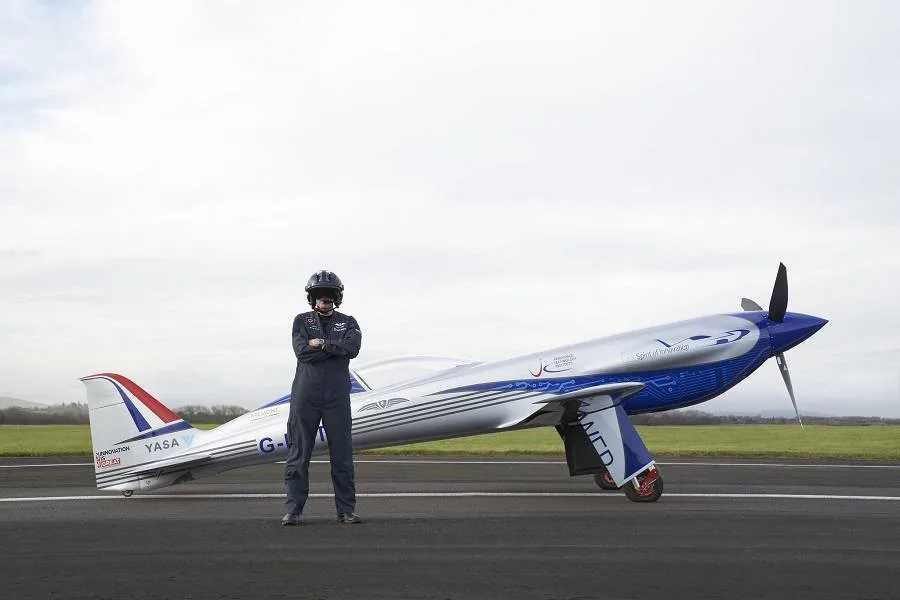
A SYMBOLIC INNOVATIVE NAME AND AIRCRAFT
The name “Spirit of Innovation” is a wink and nod to “Spirit of Ecstasy”. That’s the name of the statuette, above the radiator of Rolls-Royce cars. The company that makes the cars today is not the same as the aircraft engine maker, of course. But that figurine is certainly part of the Rolls-Royce heritage, and this all-electric aircraft is no less attractive!
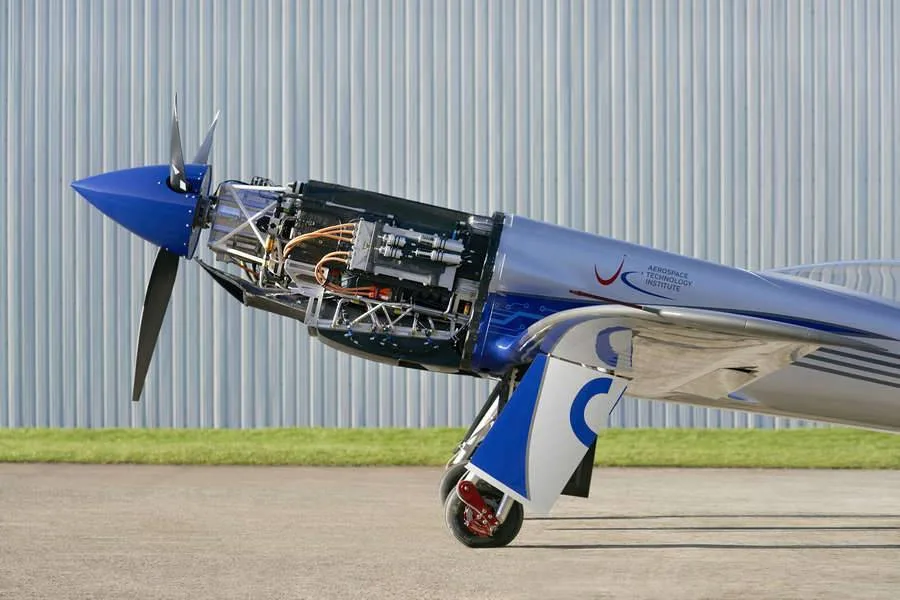
The electric aircraft’s first flight took place at MoD Boscombe Down Airport (EGDM), formerly RAF Boscombe Down. The site has played a role in many British aviation firsts, a fact that Rolls-Royce is quick to mention. But the test program is slow and measured. The flight only lasted 15 minutes, with the plane taking off at 14:56 local time on Wednesday 15 September. The landing gear of the plane remained extended throughout.
The configuration of the all-electric Rolls-Royce prototype is interesting. Obviously, the Sharp Nemesis NXT’s 350 hp six-cylinder piston engine is gone. The Spirit of Innovation has three electric motors, plus what the company describes as “the highest energy density battery ever assembled for an aircraft.” The entire package has the same engine and fuel weight as the racing plane.
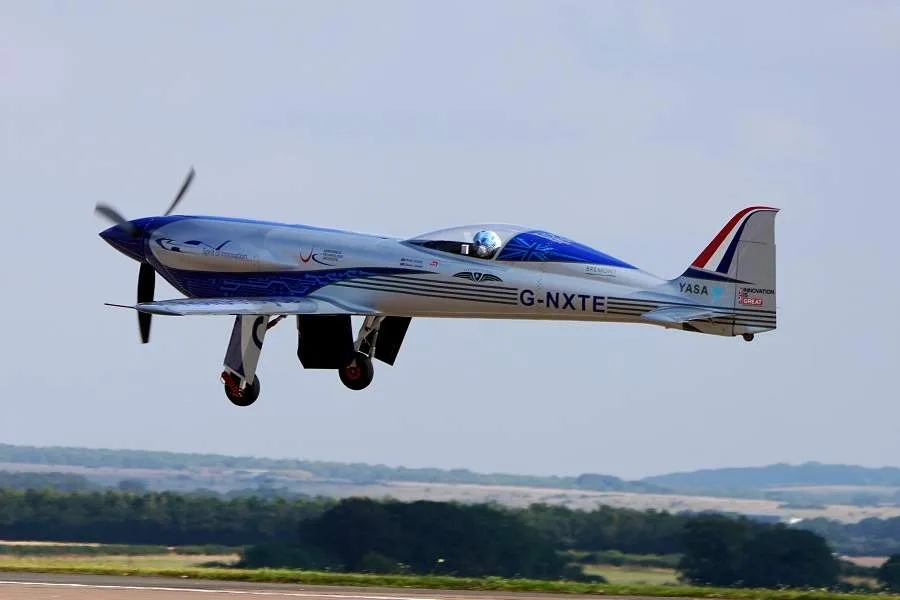
But it is PI powerful. That plane at the Reno Air Races was equipped with a race engine, producing somewhere north of 350hp. Those fully electric Rolls-Royce plane engines produce 400kw, that’s over 540hp! This bodes well for the all-electric plane’s speed record, one of the goals for this plane. The record is currently 182 knots (209.4 mph or 337 km / h).
ROLLS-ROYCE – ALL-ELECTRIC TARGET, AND NEW APPLICATIONS
Rolls-Royce wants its all-electric test bed to reach 261 knots (300 mph, 483 km / h). And given the characteristics of the piston version, this could be realistic. However, the company claims that speed records are not the only goal of this aircraft. Rolls-Royce is involved in a number of all-electric projects, specializing in the management and distribution of electricity.
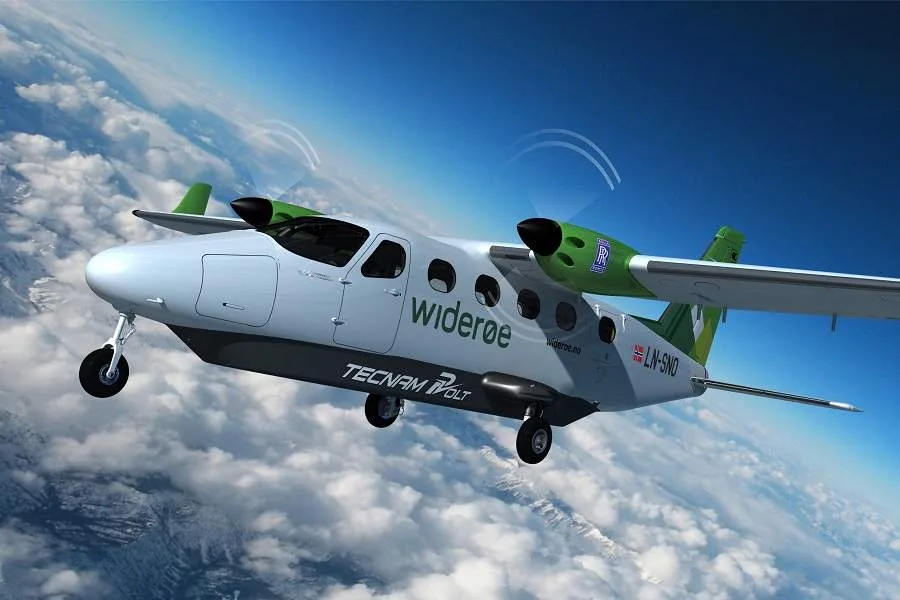
We have already seen the involvement of Rolls-Royce in Vertical Aerospace, an eVTOL project with the support of Virgin Atlantic and American Airlines. But the Spirit of Innovation could have a more direct role in another project. In collaboration with Widerøe and Tecnam, Rolls-Royce is working on an all-electric twin-engine 9-seater aircraft. Called Tecnam P-Volt, it will use the airframe of the P-2012 Traveler. Coincidentally (?) This aircraft normally uses two Lycoming TIO-540 engines!
Electric aviation still has a lot to prove. There are many conventional and eVTOL projects, with varying amounts of funding. However, extending existing efforts to multi-passenger projects has yet to bear fruit. This all-electric Rolls-Royce test bench is part of the ACCEL program, abbreviated “Accelerating the Electrification of Flight”. Hopefully we will see more competitive and record projects, pushing innovation further.




